Here are some tips that may be helpful for you to travel to Zimbabwe by car:
- In Zimbabwe, drive on the left, as in England. At first, you feel weird thinking you’re doing it wrong all the time, but you get used to it. You will also need an international driver’s license.
- Speed limits must be respected. Watch out for the police and radars, they are usually found at speed limit changes such as at the entrances of villages where speed is drastically reduced. We found them mostly on the main roads. If they ask you to stop, never forget to smile and be kind. It usually works.
- It is necessary to wear a seat belt at all times and constantly check the condition of your vehicle. Bring spare parts and make sure to adjust the wheel pressure according to the terrain where you are. Also check your car oil and coolant often.
- Look at the type of road you are driving on and thus adapt the driving mode to it.
- Be careful if you travel in the rainy season, as some areas are flooded or some roads are cut off. It is recommended to check the condition of these in advance. In Zimbabwe, during rainy seasons some parks are closed like Mana Pools or Matusadona; while in others the caution must be extreme as the Chizarira or the Hwange NP.
- Watch out for animals that may cross the road. At night, many animals increase their activity, so we advise you to avoid traveling at night on roads in the middle of nature. Especially on the road that goes from Victoria Falls to Bulawayo and passes right next to the Hwange NP.
- Also watch out for wild dogs. We went to visit the Hwange NP Conservation Center, and we were told that the main mortality of these animals happened on the road due to vehicle collisions. These animals like to be close to roads, so when you find a sign that there may be wild dogs (you can find them around Hwange NP), slow down to protect this endangered animal. If you want to know more about this animal, click here.
- Make sure you always go with a full tank of gas or diesel. In Zimbabwe, there are long journeys where you can’t find a petrol station. So, even if the tank is half full, stop at the first petrol station to make sure you don’t get stuck on the road.
- Sometimes there is a shortage of diesel in the country. We went to some petrol stations that only had fuel and no diesel. Luckily, there were others nearby that they did have. We only say that because you can carry the loaded tank whenever you can to avoid scares and ask the petrol stations how the diesel supply is in the country.
- It is important that you purchase a map of the country, along with GPS-enabled maps, as in many places there is no cell phone coverage. We worked very well with the MAPS.ME application. You can download the map by area or by country.
- When planning your route, don’t measure the stretches you want to do in kilometers, but the time they tell you it will take. In addition, there are routes that you will sometimes need more than a day to do, such as going from Hwange NP to Kairoi (which is a short distance from Mana Pools) along Lake Kariba and passing through Binga. In this case, we took two days and slept in a wild camping in the middle of the road.
- To get to Zimbabwe in your own vehicle, you have to pay a 10$ Road Tax at the border crossing, which allows you to travel on the country’s roads; in addition to a Carbon Tax that will depend on the type of vehicle you are traveling with. We paid 10$ for our Toyota Land Cruiser. If you travel with a Carnet de Passage (CdP), you will also be stamped at the border without having to pay any extra costs as a temporary vehicle import concept. It is very important that when you enter Zimbabwe you have a valid car insurance (for example, COMESA). In this way you save the 30$ they would charge you at the border if you do not go with insurance.
- On the main roads of the country (usually listed as A), you will find different tolls along the way. Even if you have paid the Road Tax at the border, you will pay 2$ per vehicle for each toll. It’s a fixed cost, regardless of the kilometers traveled and where you started driving. They only accept cash and dollars. These tolls are usually found at the exits and entrances of cities, and if you are looking for alternative routes on the map, you can skip some of them as we did.

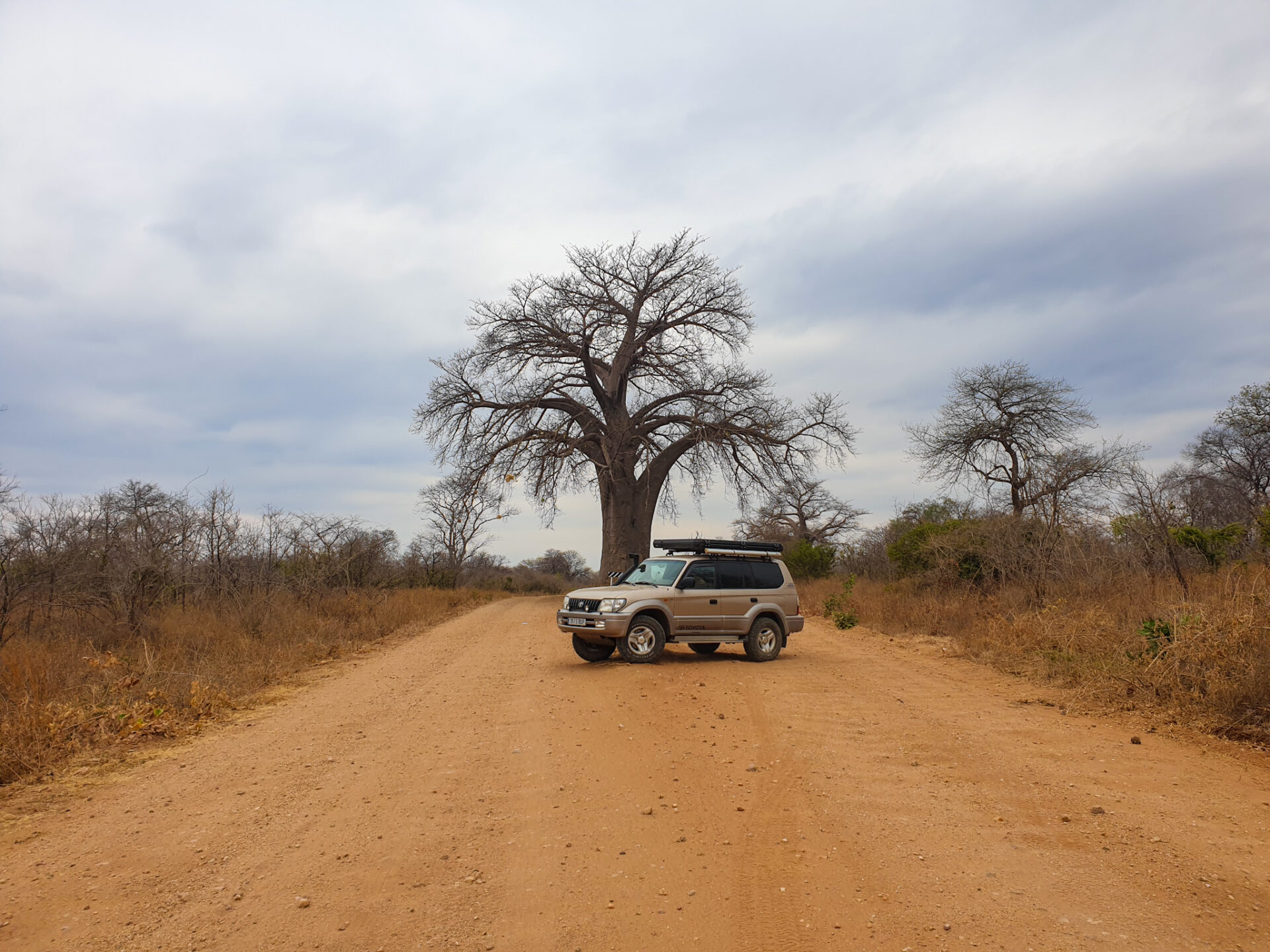
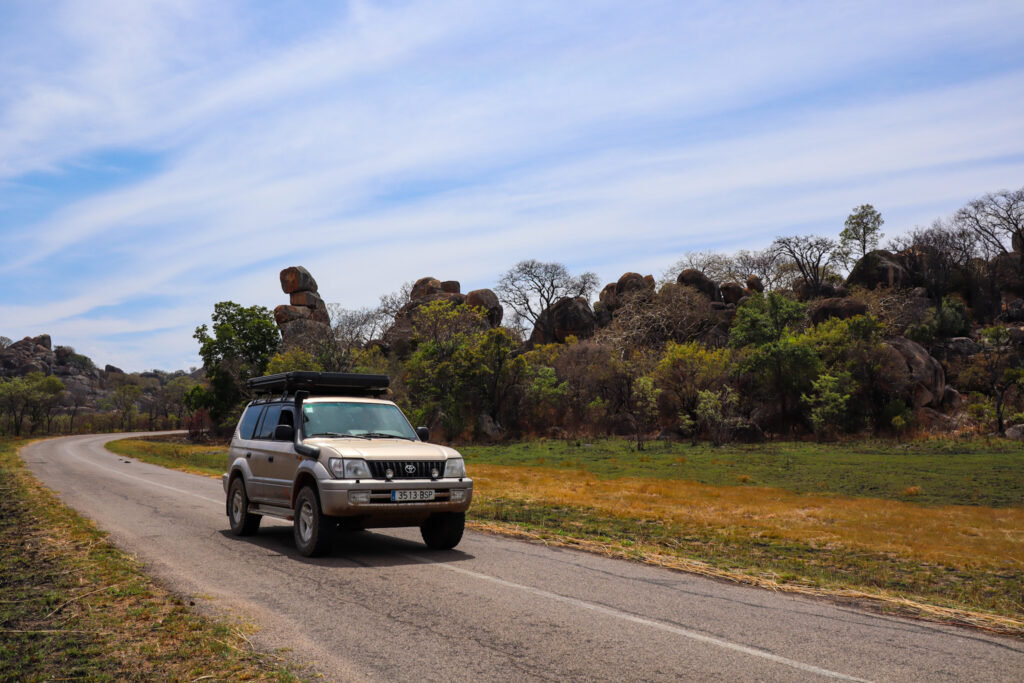
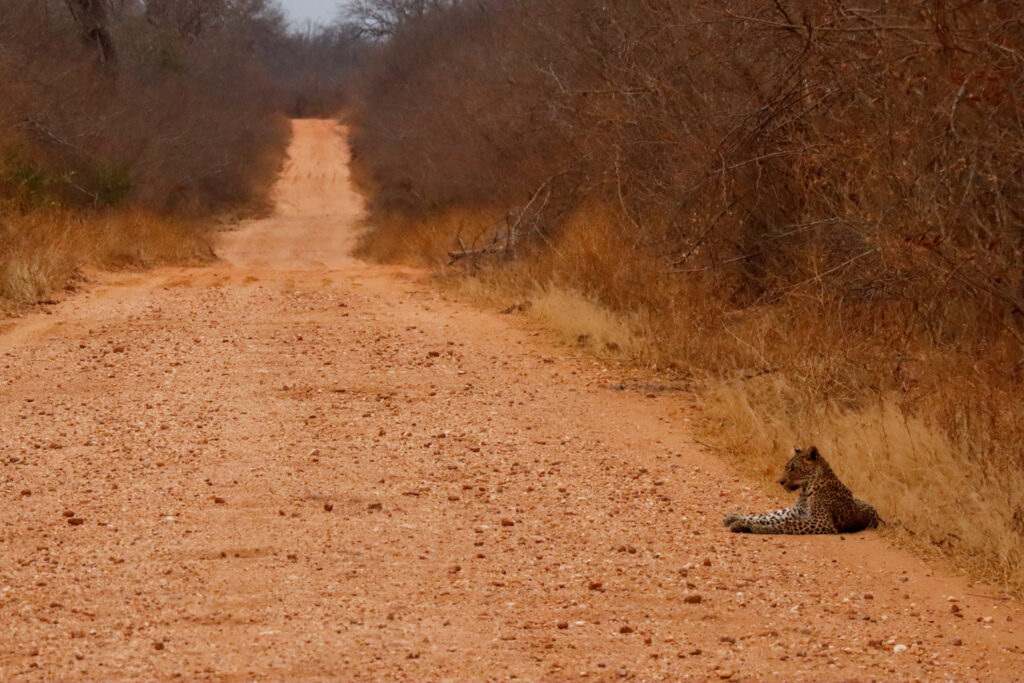

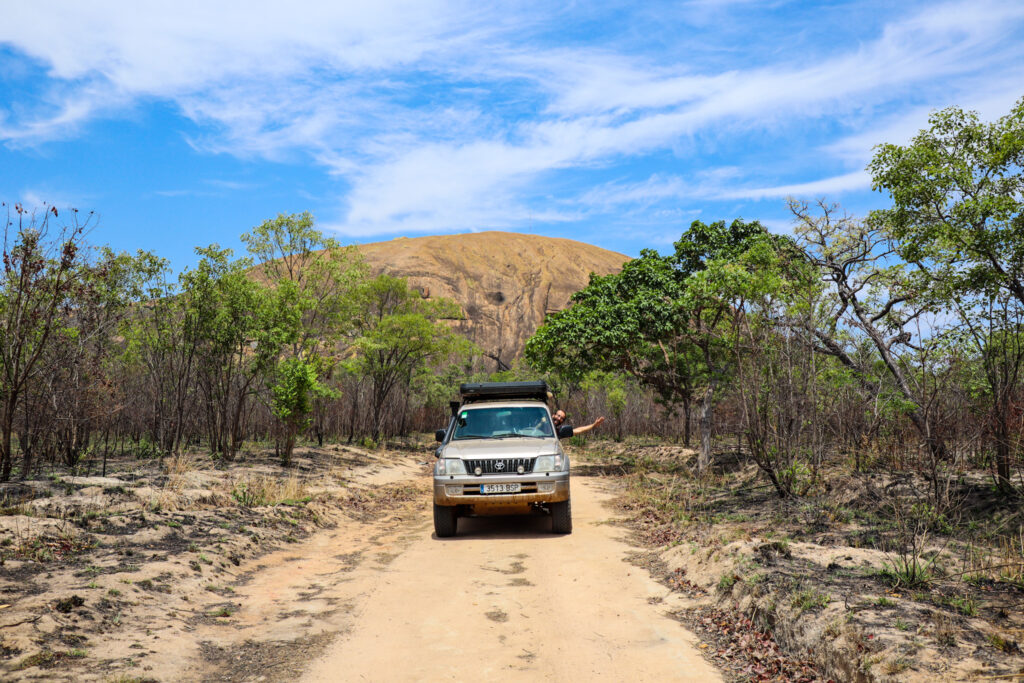
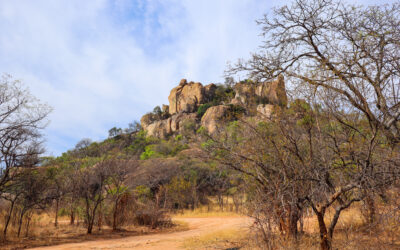


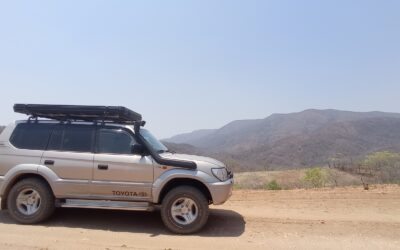

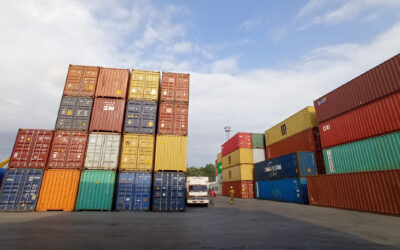
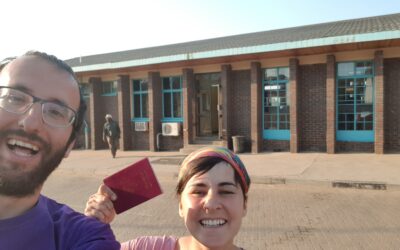

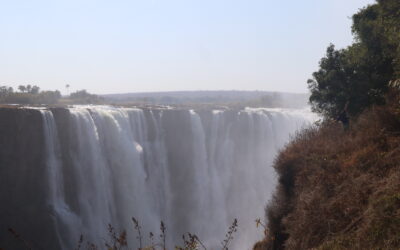
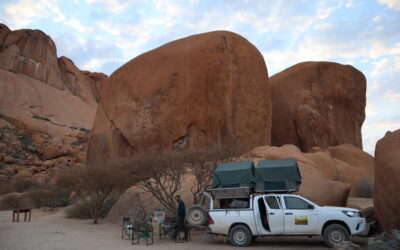
0 Comments